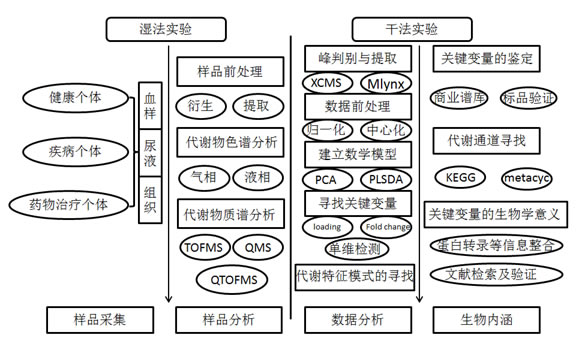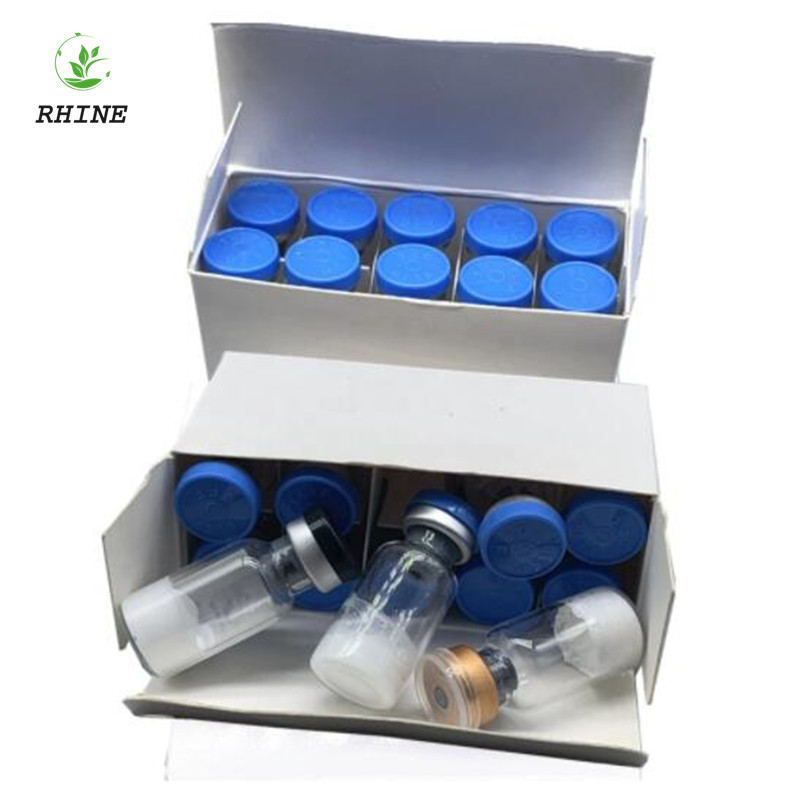We know that life activities in cells are shared by many genes, proteins, and small molecule metabolites, and functional changes in upstream (nucleic acids, proteins, etc.) macromolecules are ultimately reflected in metabolic levels, such as changes in neurotransmitters. Hormone regulation, receptor action effects, cell signal release, energy transfer and intercellular communication, etc., so the metabolome is located downstream of the gene regulatory network and the protein action network, providing biological terminal information. Just as we built dams on the upper reaches of the Yangtze River or diverted rivers, the ecological impact of these projects will be reflected in the downstream rivers and regions. We often say that genomics and proteomics tell you what might happen, and metabolomics Then tell you what has happened.
What are the advantages of choosing metabolomics as a scientific and technological means?
- Metabolomics research is in the middle of the biological information flow, between genes, proteins and cells, between tissues, and plays a role in the transmission of biological information.
- The production and metabolism of small molecules are the downstream products of gene expression, and the analysis of metabolites of biological fluids can more directly and accurately reflect the pathophysiological state of organisms.
- The number of metabolites is small, about 103 orders of magnitude, much smaller than the data of genes and proteins. The molecular structure of the substance is much simpler and the analysis is simpler and clearer.
- The metabolomic metabolite information base is simple, and it is far less complex than whole-genome sequencing and a large number of databases that express sequence tags.
- Effective small changes in gene and protein expression are amplified on metabolites, making detection easier.
- Metabolites are similar in various biological systems, so the techniques used in metabolomics research are more common in all fields and more acceptable.
What are the research areas of metabolomics?
- Disease mechanism research
- Disease diagnosis and prevention
- New drug screening and development
- Study on the mechanism of action of drugs
- Drug toxicity evaluation
- Plant cell metabolomics research
- Microbial metabolomics research
What types of samples can be detected by metabolomics?
Metabolomics primarily studies small molecule metabolites (molecular weight <1000) that serve as substrates and products for various metabolic pathways. The samples are mainly plasma or serum, urine, saliva, and extracts of cells and tissues. We have also worked with companies or units (such as tobacco companies, tea companies, wine companies, yogurt companies, hospitals, etc.) to make plants, fungi, microbial extracts, cerebrospinal fluid, lymph, insect hemolymph, amniotic fluid, follicular fluid. , knee synovial fluid, tears, semen, placenta, feces and intestinal contents extracts.
How much substance can general metabolomics detect?
Different mass spectrometry platforms have different sensitivity and bias, and complement each other between different platforms. In general, GC/MS detects about 200 samples of quasi-deterministic substances in serum samples, about 200 qualitative substances for detecting urine samples, and other samples (such as liver, feces, and intestinal contents) are also in the order of hundreds. . If you use full two-dimensional GC / MS, the number of substances is more, up to more than 1,000. The amount of LC/MS detected substances is much more than that of GC/MS, but it is not limited to quasi-deterministic and quantitative. It can reach tens to 2-3 hundred substances depending on different platforms (TQ, QTOF, etc.).
Contents and processes of metabolomics research

In the fitness world, there are many definitions of peptide hormones, some of which are suggested to burn fat, build muscle, and improve athletic performance.

Our company provides professional fitness peptides, welcome to inquire

Pt141 Peptides,Lyophilized Powder,Bodybuilding Peptide,Peptides Melanotan 2
XI AN RHINE BIOLOGICAL TECHNOLOGY CO.,LTD , https://www.xianrhinebiotech.com